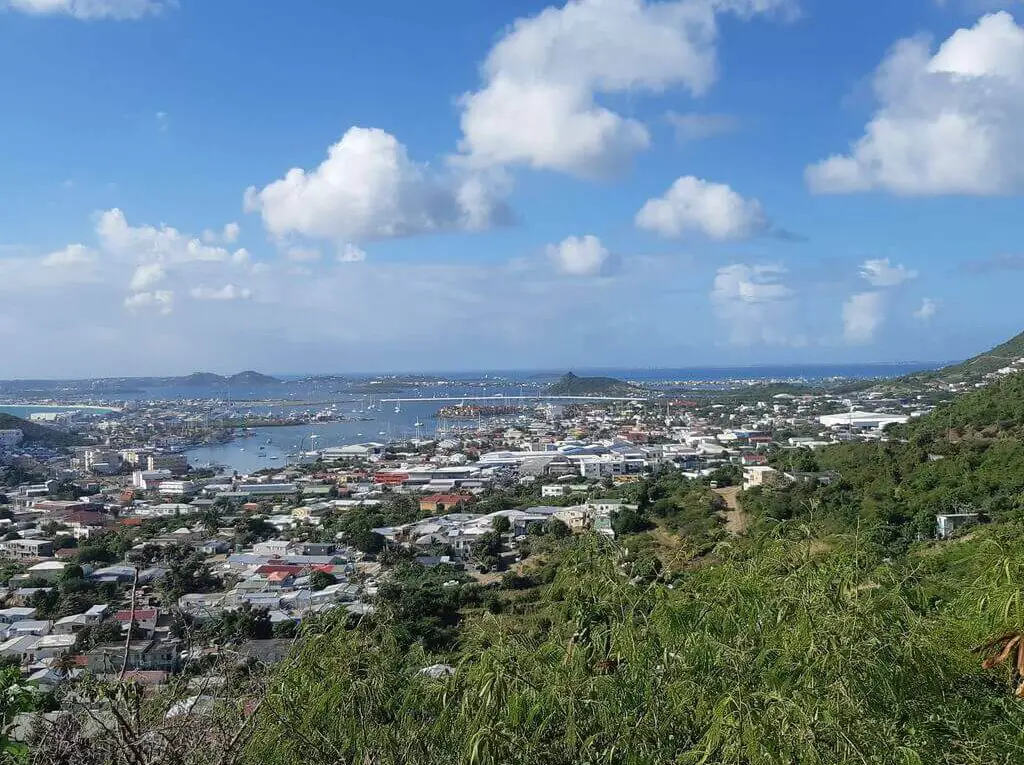Is St Maarten Considered Part of France? Get the Facts!
St Maarten, a small island located in the Caribbean, is known for its breathtaking beaches, vibrant culture, and unique status as a shared territory between the Netherlands and France. But many people wonder whether St Maarten is considered part of France or the Netherlands, or an independent nation altogether.
In this article, we will explore the complex relationship between St Maarten and France, its unique status as a shared territory, and its nationality and country affiliation. We will also discuss the island’s geographic status, economy, and future prospects. By the end of this article, you will have a clear understanding of St Maarten’s place in the world.
Table of Contents
- 1 Key Takeaways
- 2 Is St Maarten Considered Part of France?
- 3 The Unique Status of St Maarten
- 4 St Maarten’s Nationality
- 5 St Maarten’s French Connection
- 6 St Maarten’s Dutch Colony
- 7 St Maarten’s Sovereignty
- 8 St Maarten’s Geographic Status
- 9 St Maarten’s Economic Situation
- 10 St Maarten’s Future
- 11 Conclusion
- 12 FAQ: Is St Maarten Part of France or the Netherlands?
- 13 Author
Key Takeaways
- St. Maarten is a constituent country within the Kingdom of the Netherlands.
- It shares the island with Saint Martin, a French overseas collectivity.
- The border between St. Maarten and Saint Martin is open, facilitating easy movement and tourism.
- Both territories coexist peacefully, offering diverse cultural experiences for visitors.
- St. Maarten’s unique status makes it an intriguing destination with a mix of Dutch and Caribbean influences.
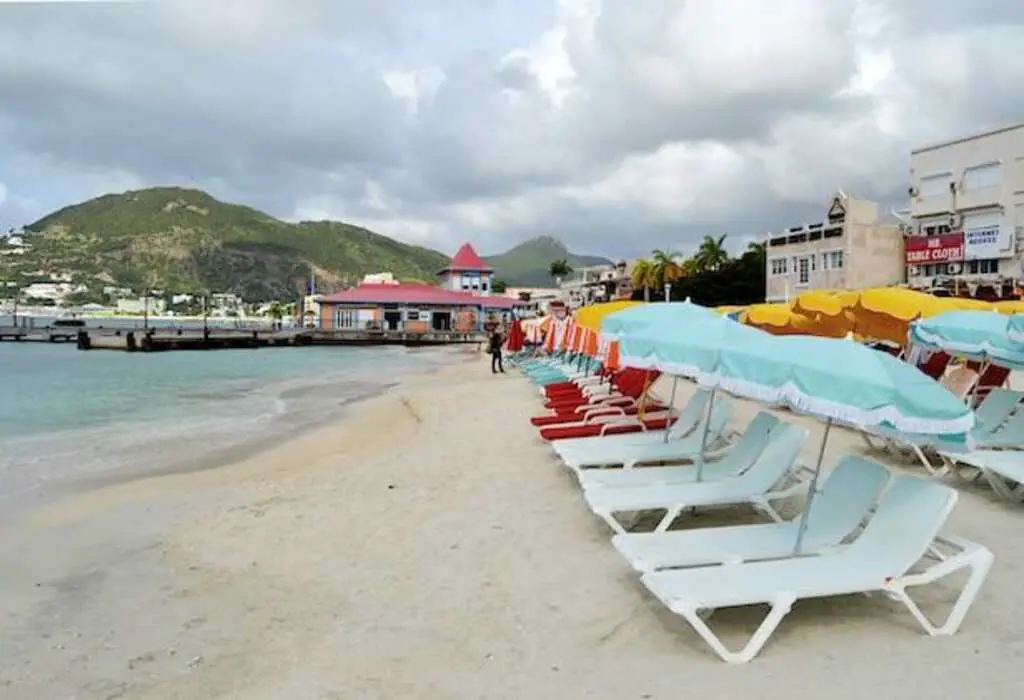
Is St Maarten Considered Part of France?
Yes, St. Maarten is considered part of France. It is a constituent country within the Kingdom of the Netherlands, sharing the island with Saint Martin, which is a French overseas collectivity. The border between the two territories is an open one, allowing for easy movement and tourism between them.
The Unique Status of St Maarten
St Maarten, a small island located in the Caribbean Sea, is unique in that it is a shared territory between two countries: the Netherlands and France. The island was originally inhabited by the Arawak and Carib peoples before being colonized by the Spanish in 1493. After being passed between various colonial powers, St Maarten was eventually split between the Dutch and French on March 23, 1648.
Today, the island is split into two separate territories: the Dutch side, known as Sint Maarten, and the French side, known as Saint Martin. While both sides of the island have their own governments and operate semi-autonomously, they share a number of resources and have a close working relationship.
The Legal Status of St Maarten
Despite being split between two countries, St Maarten is not considered a fully independent nation. Instead, it is classified as a constituent country within the Kingdom of the Netherlands, along with Aruba, Curaçao, and the Netherlands proper. On the French side, St Maarten is an overseas collectivity of the French Republic.
While both the Dutch and French sides of St Maarten have their own unique legal systems and operate independently of each other, they share a number of resources and cooperate on a range of issues, including tourism, law enforcement, and disaster management.
The Language and Culture of St Maarten
St Maarten’s unique status as a shared territory has had a significant impact on its language and culture. While both the Dutch and French languages are officially recognized on the island, English is the most commonly spoken language, due in part to the island’s history as a major hub for trade and tourism in the region.
The island’s culture is similarly diverse, with a mix of Caribbean, Dutch, and French influences. Despite this, there are a number of traditions and customs that are unique to St Maarten, including the annual Carnival celebrations, which take place in the weeks leading up to Lent, and feature parades, music, and dancing.
St Maarten’s Nationality
St Maarten is a unique island that is shared between the Netherlands and France. As a result, St Maarten’s nationality and country affiliation can be confusing for some.
The citizens of St Maarten are not considered French or Dutch citizens, but rather they hold the nationality of the country to which they are connected. The southern part of the island, which is considered Dutch St Maarten, is an autonomous country within the Kingdom of the Netherlands, while the northern part of the island, French St Martin, is an overseas collectivity of France.
Despite being shared by two nations, St Maarten has its own political system, which includes a governor, a prime minister, and a parliament. The island’s government has considerable autonomy and is responsible for many aspects of governance, including education, healthcare, and public safety.
While St Maarten’s nationality is not tied to a particular country, the island maintains close ties with both the Netherlands and France. St Maarten is a member of the Caribbean Community and Common Market (CARICOM), as well as the Organisation of Eastern Caribbean States (OECS), and maintains diplomatic relations with countries around the world.
In short, St Maarten’s nationality is linked to its unique status as a shared territory between the Netherlands and France. Despite not being considered part of either country, St Maarten has close ties to both nations and operates its own autonomous government.
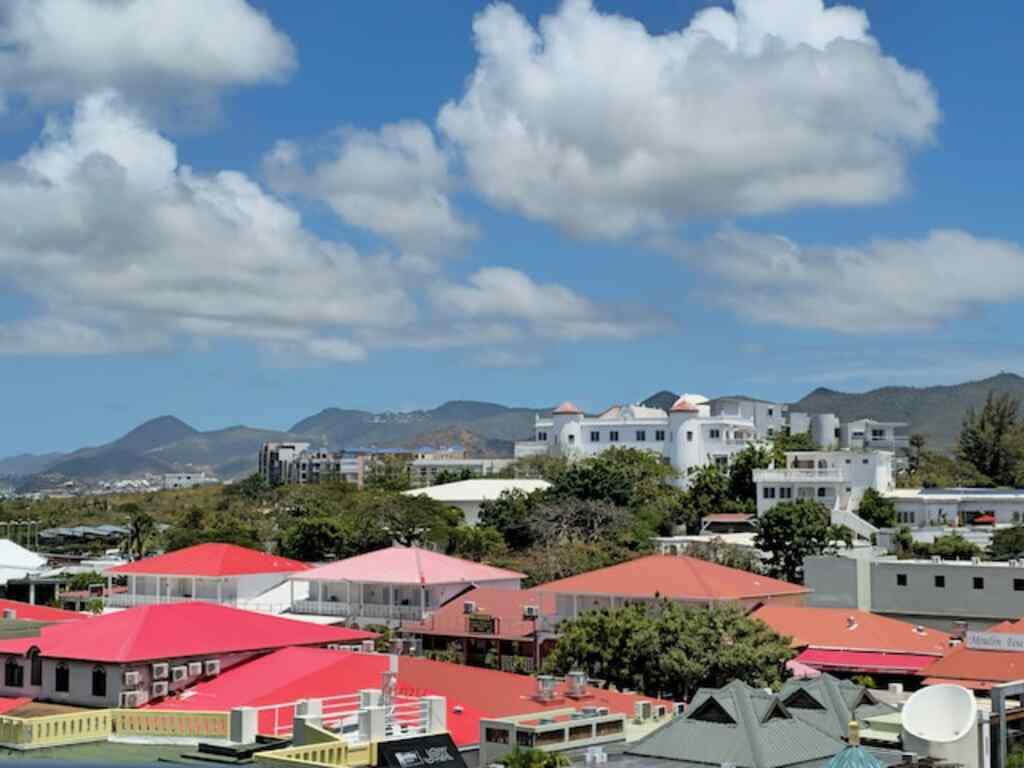
St Maarten’s French Connection
St Maarten has a long history of French influence and colonization. In fact, the French were the first to settle on the island in the mid-1600s, followed by the Dutch a few decades later.
During the early years of colonization, the French established a thriving sugar industry on the island, which was heavily reliant on the labor of enslaved Africans. This industry brought wealth and prosperity to St Maarten, but also led to social and economic inequality.
Today, the French influence on the island can still be seen in its culture, language, and cuisine. French is one of the official languages of St Maarten, along with Dutch and English, and many street and place names are in French. The island’s cuisine also features a mix of French and Creole flavors, with dishes like bouillabaisse and accras.
“The French influence on the island can still be seen in its culture, language, and cuisine.”
St Maarten’s French connection also extends to its political and legal systems. The French side of the island is governed by the French Republic and operates under the French legal system, while the Dutch side operates under Dutch law. French nationals living on the island are subject to French law and have access to French consular services, while Dutch nationals have the same rights with regard to the Netherlands.
Overall, St Maarten’s French heritage is an important part of its identity and contributes to the island’s unique cultural landscape.
St Maarten’s Dutch Colony
St Maarten’s Dutch colony dates back to the 17th century when the Dutch West India Company took control of the island from the Spanish. The Dutch established a trading post on the island and established a settlement in Philipsburg, which remains the capital of the Dutch side of the island today.
The Dutch influence on St Maarten is visible in many aspects of the island’s culture, including language, architecture, and cuisine. The official language of the Dutch side is Dutch, but English is widely spoken. The Dutch also brought their culinary traditions to the island, with popular dishes such as the Dutch pea soup and Dutch apple pie commonly found on menus.
Today, the Dutch side of St Maarten is an autonomous country within the Kingdom of the Netherlands. It has its own government and political system, but it shares some administrative responsibilities with the Dutch government. Dutch citizens residing on the island are also considered citizens of the Kingdom of the Netherlands.
The Dutch side of St Maarten is known for its bustling port, which is one of the busiest in the Caribbean and a hub for cruise ships. It is also home to many luxury resorts, casinos, and nightlife spots. The island’s economy is heavily reliant on tourism, with the majority of visitors coming from the United States and Canada.
While the Dutch side of St Maarten has its own government and political system, it is still closely tied to the French side. The two sides share a currency, the Caribbean guilder, and work together on issues such as immigration and border control.
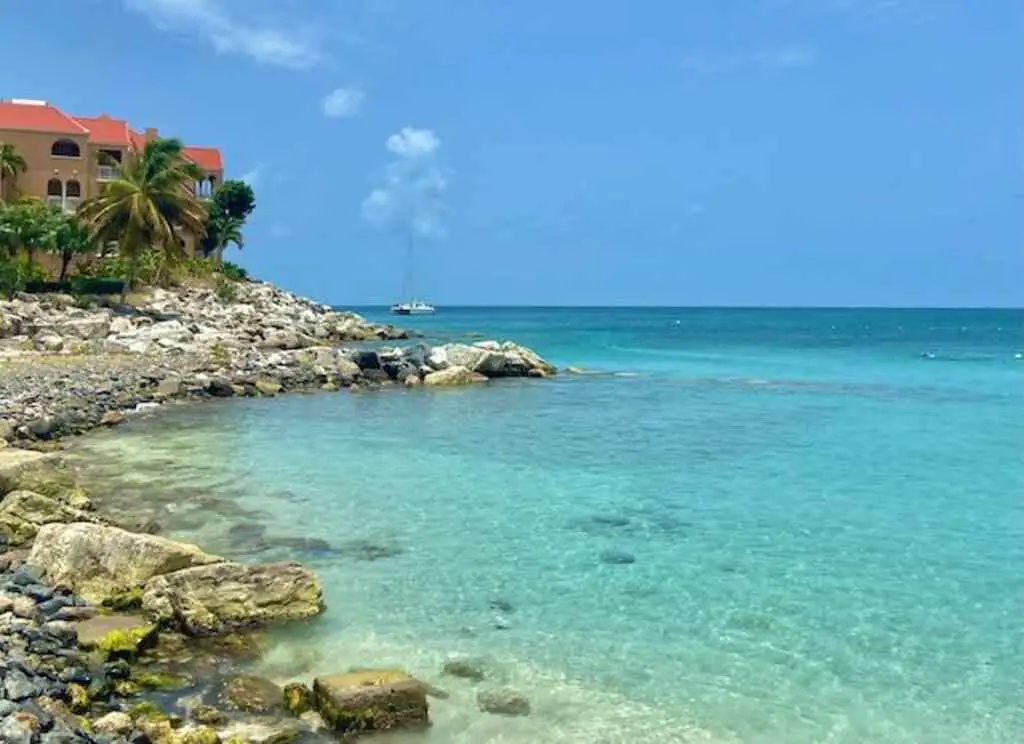
St Maarten’s Sovereignty
St Maarten’s sovereignty is unique, as it is shared between two countries: France and the Netherlands. The island is divided, with the northern part belonging to France, and the southern part belonging to the Netherlands. Despite this, St Maarten operates as a single entity, with a unified government and legal system.
The island’s governance is structured around a system of autonomy, with both France and the Netherlands granting St Maarten a significant degree of self-rule. This means that St Maarten has control over many aspects of its internal affairs, such as education, healthcare, and culture. However, crucial matters such as foreign policy, defense, and justice are still the responsibility of the countries that St Maarten is a part of.
St Maarten’s autonomy is stipulated in its constitution, which was adopted in 2010 when the island became a constituent country within the Kingdom of the Netherlands. The constitution outlines the powers and responsibilities of St Maarten’s government, as well as its relationship with the Dutch government and the other islands in the Caribbean that make up the Kingdom of the Netherlands.
St Maarten’s Political Structure
St Maarten is a parliamentary democracy with a multi-party system. The head of state is the King of the Netherlands, represented locally by the Governor of St Maarten. The Governor is appointed by the King and serves as the official representative of the Netherlands on the island, with responsibilities that include signing legislation and appointing the Prime Minister.
The Prime Minister, in turn, is the head of government and is responsible for leading the Council of Ministers, which is a cabinet of selected officials who manage the island’s various ministries. The Council of Ministers and the Parliament of St Maarten are responsible for passing laws, making decisions, and determining the island’s policies and priorities.
The Parliament of St Maarten consists of 15 members, elected through a system of proportional representation. Members of Parliament serve a four-year term and are responsible for representing the interests of their constituents and making decisions that benefit the island as a whole.
St Maarten’s Geographic Status
St Maarten is a small island located in the northeastern Caribbean Sea, with an area of only 87 km². It is situated approximately 240 km east of Puerto Rico and 160 km east of the island of Hispaniola, which is shared between the Dominican Republic and Haiti.
The island is divided into two parts, with the northern part belonging to France and the southern part belonging to the Netherlands. The border between the two sides is marked by a 10 km stretch of road known as the “border route”.
The island enjoys a tropical climate, with temperatures ranging from 25-30°C year-round. The rainy season runs from May to November, and hurricanes can occur between June and November.
St Maarten’s geographic location has made it an important hub for trade and commerce in the region. The island’s two main ports, Pointe Blanche and Simpson Bay, serve as major transshipment points for goods moving between Europe, North America, and the Caribbean. Its location has also made it a popular destination for tourists, with over 2 million visitors arriving each year to enjoy its beaches, scenic views, and cultural attractions.
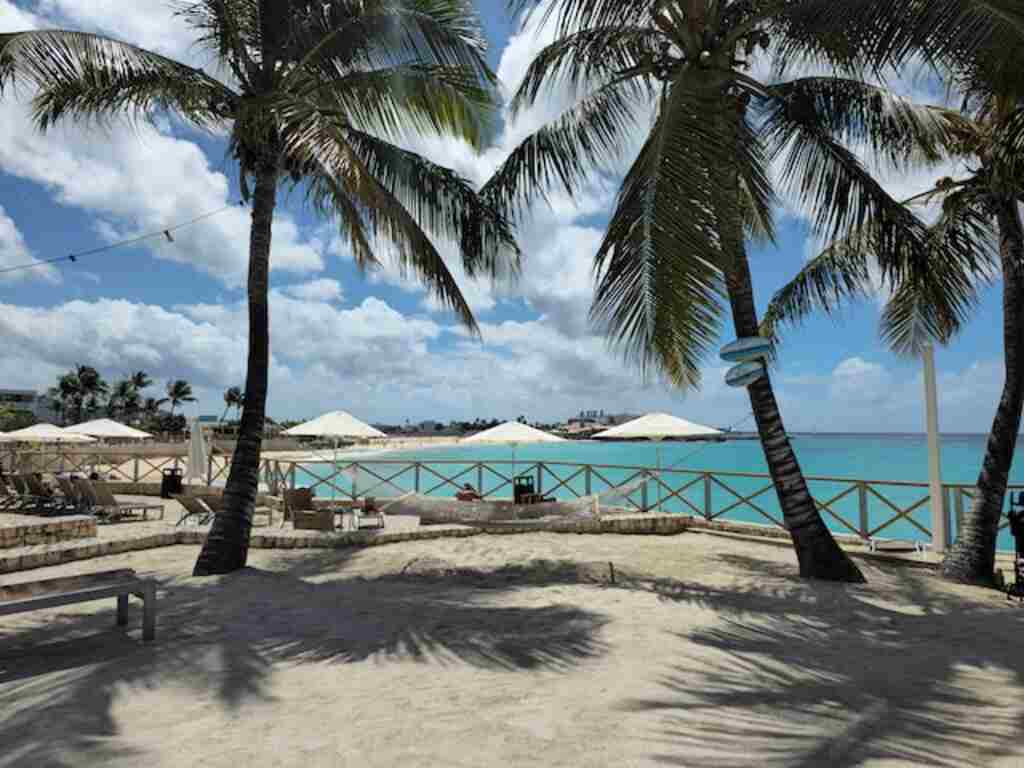
St Maarten’s Economic Situation
St Maarten’s economy is driven mainly by the tourism industry, which accounts for around 80% of its GDP. The island is known for its beautiful beaches, vibrant nightlife, and duty-free shopping, attracting millions of visitors each year.
In addition to tourism, St Maarten’s economy also relies on other industries such as finance, trade, and offshore services. The island has established itself as a leading center for international business, offering a favorable tax and regulatory environment for companies seeking to do business in the Caribbean region.
| Industry | Percentage of GDP |
|---|---|
| Tourism | 80% |
| Finance | 15% |
| Trade and Offshore Services | 5% |
However, St Maarten’s economy is facing some challenges. The impact of COVID-19 has hit the island’s tourism industry hard, with many hotels, restaurants, and other businesses closing down. The island’s recovery is expected to be slow, with tourism expected to be significantly reduced for some time.
St Maarten also faces challenges related to its vulnerability to natural disasters, such as hurricanes and tropical storms. The island has been hit by several major hurricanes in recent years, causing significant damage to infrastructure and property.
Despite these challenges, St Maarten is working towards a sustainable future by diversifying its economy and investing in infrastructure. The island is focusing on attracting new industries, such as renewable energy and technology, and improving its transportation and communication infrastructure.
St Maarten’s Future
St Maarten faces many challenges as it strives for a sustainable future. The island’s unique status as a shared territory between the Netherlands and France presents some unique governance challenges that require creative solutions.
The government of St Maarten is working hard to develop its infrastructure and promote economic growth. One of the main focuses is on building a sustainable tourism industry that supports the local economy while also protecting the environment. Efforts are also being made to diversify the economy and attract new businesses to the island.
In addition to economic development, St Maarten’s government is also working to improve social services and infrastructure. One of the main priorities is to provide adequate housing for the island’s residents, many of whom were left homeless after Hurricane Irma in 2017. Efforts are also being made to improve the island’s healthcare system and education system.
St Maarten is also committed to preserving its unique cultural heritage. The island’s government is working to protect historical sites and promote traditional arts and crafts. Efforts are also being made to preserve the island’s language and promote bilingualism.
Projects and initiatives
St Maarten has several ongoing projects and initiatives aimed at improving the lives of its residents and promoting sustainable development. One such initiative is the Sustainable Destination Alliance for the Americas, which promotes sustainable tourism practices in the Caribbean region. The government of St Maarten is also working on a number of infrastructure projects, including road repairs, sewage system upgrades, and the construction of a new hospital.
Another important project is the St Maarten Trust Fund, which was established with the help of international partners following Hurricane Irma. The Trust Fund provides funding and technical assistance for projects in several key areas, including education, housing, and infrastructure.
Overall, St Maarten faces many challenges as it works towards a sustainable future. However, the government and its partners are committed to finding solutions that promote economic growth, improve social services, and preserve the island’s unique cultural heritage.
Conclusion
In conclusion, St. Maarten’s status as a constituent country within the Kingdom of the Netherlands, sharing the island with the French overseas collectivity of Saint Martin, presents a unique and harmonious blend of cultures.
The open border allows for seamless exploration of both territories, offering visitors diverse experiences and a rich tapestry of Dutch and Caribbean influences.
Whether it’s enjoying stunning beaches, savoring local cuisine, or immersing in vibrant traditions, St. Maarten promises an enchanting destination that celebrates unity amid cultural diversity.
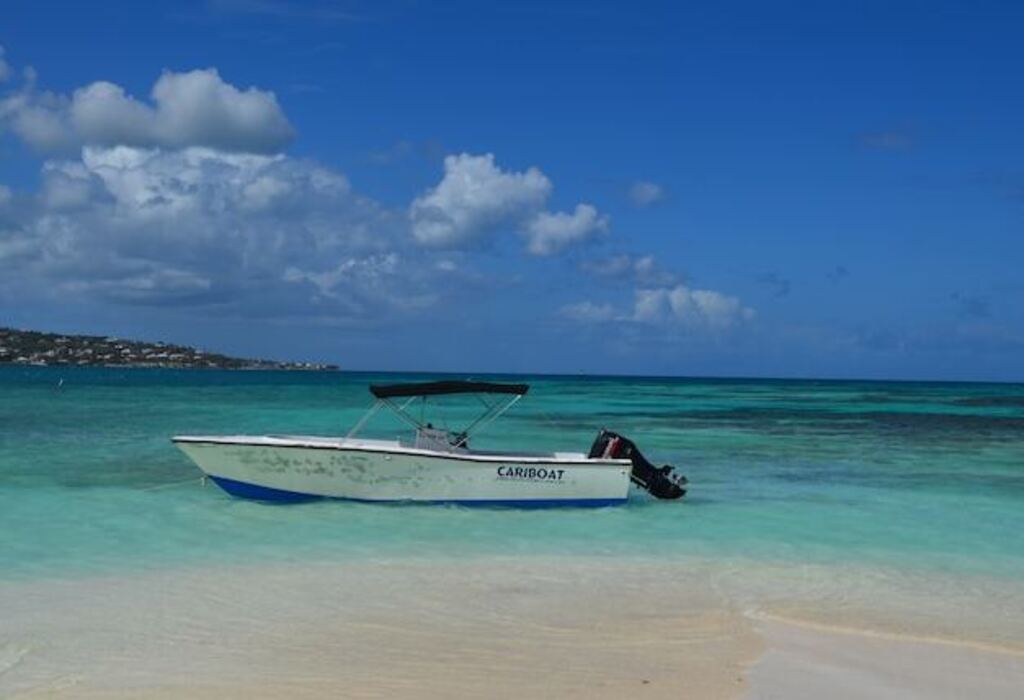
FAQ: Is St Maarten Part of France or the Netherlands?
St Maarten is a unique territory that is shared between the Netherlands and France. It is not officially considered part of France or the Netherlands, but rather a separate entity with its own autonomous government.
The island’s nationality and country affiliation is complex. St Maarten’s residents are not considered French or Dutch citizens, but rather have their own nationality. The island has a special relationship with both the Kingdom of the Netherlands and the French Republic, and is able to maintain its own political structure and decision-making processes.
St Maarten’s geographic status is also unique. The island is located in the northeastern Caribbean Sea, approximately 300 km east of Puerto Rico. It covers an area of 34 square kilometers and has a population of around 42,000 people. The island has a tropical climate with warm temperatures year-round.
What is St Maarten’s main industry?
Tourism is the main industry that drives St Maarten’s economy. The island is known for its beautiful beaches, crystal-clear waters, and vibrant nightlife. Other important industries include finance, trade, and offshore services.
What are some of the challenges facing St Maarten?
St Maarten faces a number of challenges, including natural disasters such as hurricanes and earthquakes, a high cost of living, and limited resources. The island is also working to address issues related to sustainable development and environmental conservation.
What initiatives are being taken to improve the island’s future?
St Maarten is working towards a sustainable future through initiatives such as renewable energy projects and marine conservation efforts. The island is also investing in education and infrastructure to improve the lives of its residents. Both France and the Netherlands play a role in supporting St Maarten’s development.
Overall, St Maarten’s unique status as a shared territory between two nations presents both challenges and opportunities. The island’s autonomy and diverse cultural influences make it a fascinating and important part of the Caribbean region.

